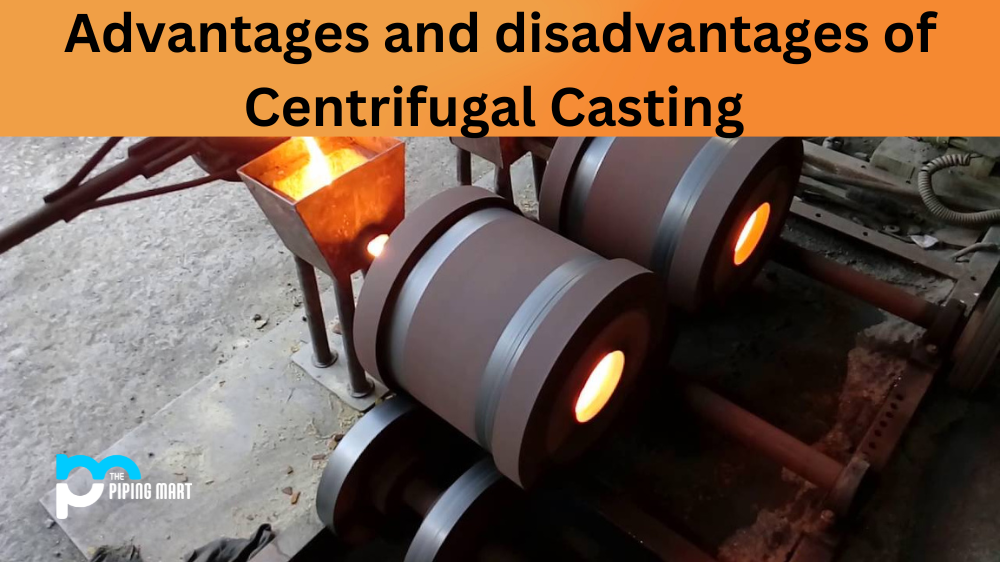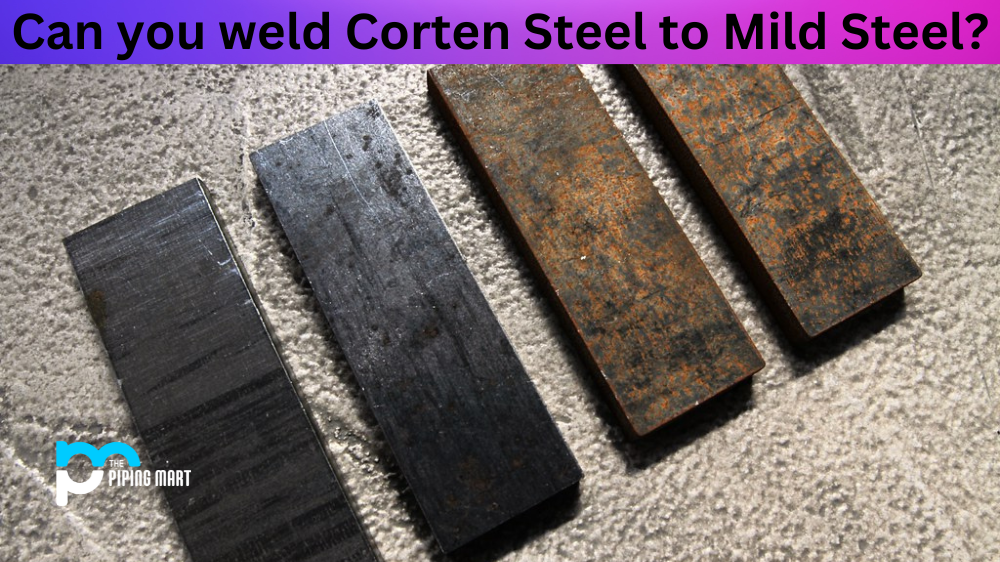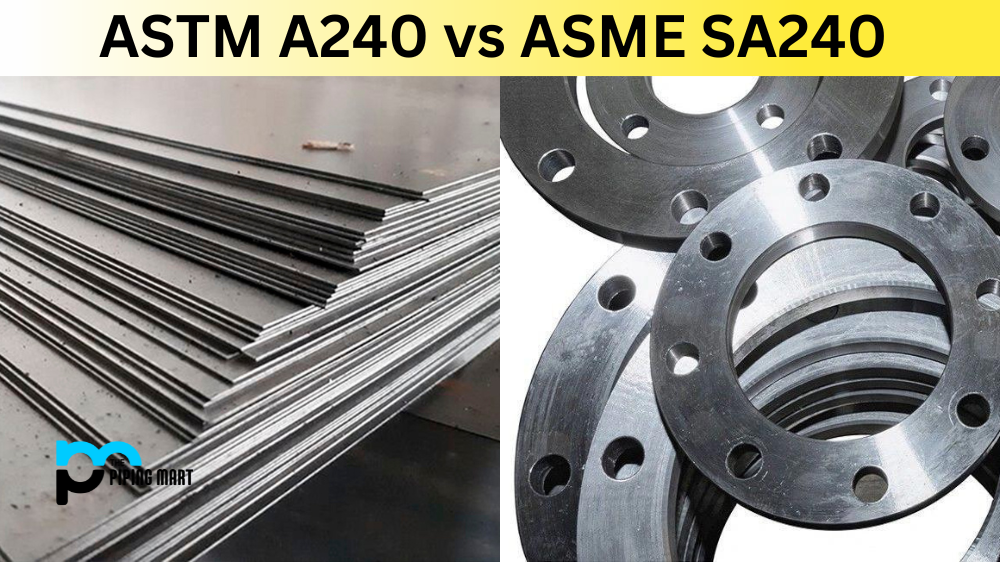TIG welding is a challenging and rewarding trade. It requires the welder to understand the metal being worked on, the power necessary for the weld, and how to effectively utilize the equipment. One of the most important parts of this process is selecting the right filler metal for every task. For those looking to work with copper or cast iron, silicon bronze may be just what you need. Let’s look at how silicon bronze can make TIG welding easier and more efficient.
What is Silicon Bronze?
Silicon bronze is an alloy that consists of copper, manganese, nickel, tin, zinc, and silicon. Its melting point ranges from 1,811°F to 1,839°F (984°C to 1,009°C), depending on its composition. Silicon bronze is known for its strength as well as its corrosion resistance in saltwater environments. In addition, it has excellent electrical conductivity properties and very low magnetism – all factors that make it ideal for use in welding applications.
Welding Copper With Silicon Bronze
When working with copper materials such as sheet metal or pipes, silicon bronze can help ensure a strong bond between pieces. This type of filler metal also works well when joining dissimilar metals together because it has a low melting point and does not require too much heat input from the welder. As long as you are careful not to overheat your workpiece during welding, you should be able to achieve strong bonds with minimal amounts of distortion or warping in your finished product.
Welding Cast Iron With Silicon Bronze
Using silicon bronze when welding cast iron can help prevent cracking due to thermal shock since it has a relatively low melting temperature compared to other types of filler metals used in TIG welding applications. Additionally, using this alloy will provide good corrosion protection thanks to its high levels of corrosion resistance – something that cannot always be said about other types of fillers used when working with cast iron materials. As always, when TIG welding any material, though, take your time and ensure that you are not exceeding the suggested parameters for both welding current and travel speed so that you can get the best possible results from your welds without damaging your workpiece.
Conclusion:
Using silicon bronze when tig welding copper or cast iron provides many benefits, including superior corrosion protection and enhanced strength thanks to its low magnetic properties and good electrical conductivity attributes. It also offers a lower melting point than other fillers, which helps minimize thermal shock while increasing overall safety during welding operations. Whether you are working on an individual project or running an industrial operation where quality control is paramount – investing in quality filler metals like silicon bronze will pay big dividends down the road!

Meet Bhavesh, a seasoned blogger with a wealth of knowledge and experience. From metal products manufacturing to retail, Bhavesh has a diverse background in various industries and is dedicated to sharing his insights and expertise with readers.



